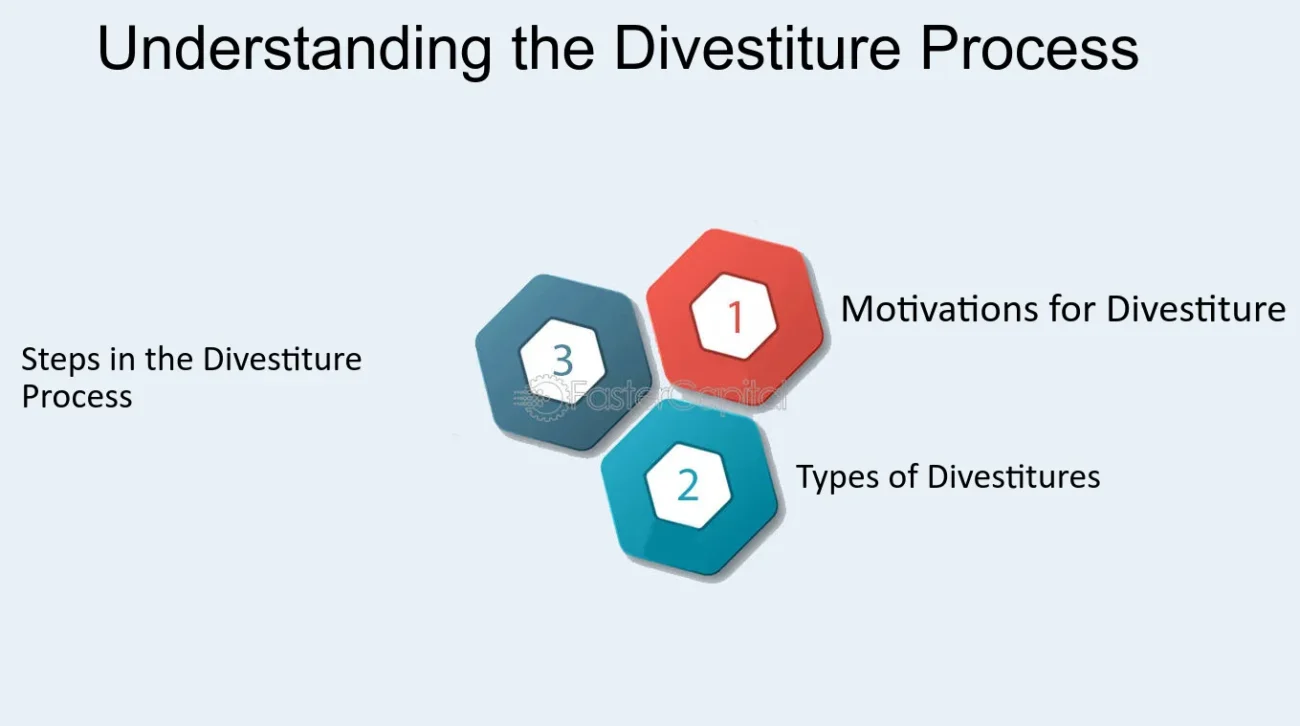Something magical about the fall season makes it the perfect backdrop for starting a new running routine. As the leaves turn and the air cools, men everywhere are invited to take advantage of this transformative season.
Whether you want to enhance your physical fitness, clear your mind, or just enjoy the great outdoors, running this fall offers unique benefits that other seasons simply can’t match.
This is your guide to start running this fall and ignite a passion that could last a lifetime.
The Health Benefits: More Than Just Cardio

Running is universally acclaimed for its cardiovascular benefits, but its advantages extend beyond heart health.
As you lace up your sneakers and step out into the crisp autumn air, you’re not just working towards a stronger heart; you’re enhancing your entire body’s health.
Running helps to improve your endurance, lower blood pressure, and increase lung capacity. Additionally, the mental health benefits are profound.
The rhythmic nature of running, coupled with the sensory experience of autumn, can significantly reduce stress, anxiety, and symptoms of depression.
Middle-aged men, in particular, find tremendous value in regular running, as it helps maintain muscle mass and bone density that naturally decrease with age. Embracing a running routine also means taking the first step toward preventive health care.
Remember, taking care of yourself results in taking better care of your family. By setting an example of health and dedication, you can inspire those around you to prioritize their well-being, too.
Gear Up: Choosing the Right Equipment

If starting a running habit this fall has caught your interest, the next step is to gear up appropriately. The right equipment can turn a routine jog into a joyful passion.
Start with the basics: a good pair of running shoes is indispensable. Look for shoes that offer adequate support and fit your foot type; visiting a specialty store can provide personalized recommendations.
Next, consider your running apparel. As temperatures can vary wildly during the fall, layering is key. Start with a moisture-wicking base layer to keep sweat at bay.
Add a breathable, long-sleeve shirt and, depending on the weather, a light jacket that shields you from wind and light rain. For the lower body, running tights or pants that offer flexibility and comfort will enhance your running experience.
However, socks are an often overlooked aspect of a runner’s wardrobe. Men’s running socks made with merino wool, the most superior performance fabric, can significantly improve comfort and performance.
These socks are not just a soft touch against the skin; they also boast excellent moisture management, temperature regulation, and odor resistance, making them perfect for fluctuating fall conditions.
Investing in quality socks is not just about comfort; it’s about ensuring your feet stay in the best shape possible, avoiding blisters and discomfort that can deter even the most enthusiastic beginners.
Setting Achievable Goals: The Roadmap to Success

The journey from a casual runner to a passionate enthusiast begins with setting goals. Goals give you a target, motivate you, and provide a sense of achievement. Start small—perhaps your initial goal is to run for 15 minutes without stopping.
As you progress, extend your running time or distance incrementally. Seasonal milestones can also be incredibly motivating; aiming to run a local 5K by the end of fall or improving your pace month by month offers tangible objectives to reach for.
Visualizing your progress is key. Keep a running diary or use a digital app to track your runs. Not only does this help maintain consistency, but it also allows you to look back and see just how far you’ve come, which is incredibly rewarding and motivating.
Embracing Tech: Your Digital Running Companion

Technology can be a runner’s best friend in today’s connected world. Apps like Strava or Nike Run Club can track your pace, distance, and route while providing a platform to challenge yourself and others.
These apps often include training plans that cater to all levels, from beginners to seasoned marathoners, and can adapt based on your progress.
Wearable technology has also revolutionized running. A good smartwatch can monitor your heart rate, suggest recovery times, and even provide music and audiobooks to keep you entertained as you hit the pavement. The feedback these devices provide can be incredibly insightful, helping you to optimize your performance and prevent injury.
Building Community: The Collective Stride
While running is often seen as a solitary activity, the camaraderie in the running community is unmatched and can significantly enhance your running experience. Joining a local running club or group can provide support, motivation, and social interaction, turning each run into a shared adventure.
These groups often have coaches who can offer personalized advice and techniques to improve your running form.
Online forums and local event boards are also great resources for connecting with other runners. Participating in local races or charity runs contributes to good causes and introduces you to like-minded individuals who share your passion for running.
From Routine to Passion

The transition from a routine activity to a passionate endeavor in running involves more than just physical movement; it encompasses setting goals, embracing technology, and engaging with a community.
As the leaves continue to fall this season, let each step on that crisp autumn ground be a step towards a healthier, more fulfilling lifestyle. This fall, don’t just run—run towards a passion that might just change your life.
With the right approach, gear, and mindset, running this fall could become more than just a hobby; it could begin a lifelong journey toward health, happiness, and connection. Why wait? The perfect time to start is now.
















































